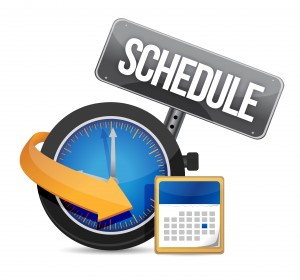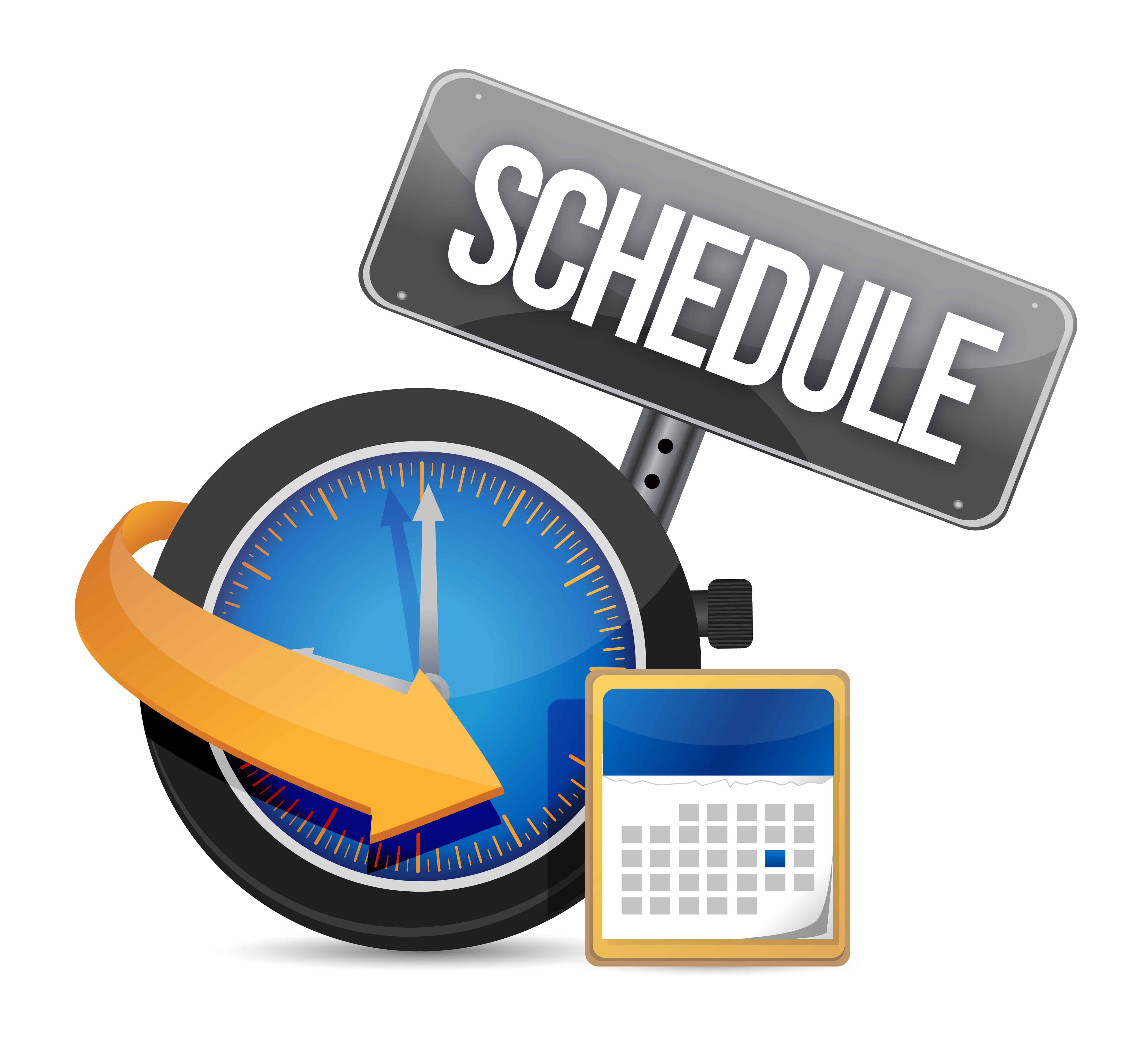Scheduling Paraprofessionals in the Classroom
 In previous articles, we’ve discussed defining roles when teachers and paraprofessionals are working together. The next step, once roles in the classroom have been defined, is how to schedule paraprofessionals and maintain a manageable schedule. This schedule will vary from paraprofessional to paraprofessional depending upon:
In previous articles, we’ve discussed defining roles when teachers and paraprofessionals are working together. The next step, once roles in the classroom have been defined, is how to schedule paraprofessionals and maintain a manageable schedule. This schedule will vary from paraprofessional to paraprofessional depending upon:
- The grade level in which the paraprofessional is working.
- Whether the paraprofessional is a one-on-one student assistant.
- Whether the paraprofessional is working with an entire class to support students on an IEP.
- Whether the paraprofessional is in a secondary education situation, working with various teachers in various subjects over the course of a school day and supporting any number of students with special needs.
The paraprofessional and the general education teacher need time to sit down and communicate what this schedule will look like.
Scheduling in the Elementary School
At the elementary level, it is important to prepare a schedule collaboratively that addresses:
- The teacher’s classroom goals and schedule for the day.
- The assignments, activities, and tasks that the teacher intends to instruct over the course of the day.
- Areas in which the student or students may need assistance.
- Areas in which the teacher may need support in meeting student needs.
Scheduling at the Secondary Level
At the secondary level, the paraprofessional often moves between several classes during the course of a school day.
In the role of a one-on-one student assistant, the paraprofessional will follow the student through most periods of the school day, with the exception of the paraprofessional’s own lunchtime. In a one-on-one position, the student’s specific needs might be the most critical factor in determining how time is scheduled in each one of those classes. When paraprofessionals are moving between classes it is more challenging to make time for collaboration between the general education teacher and the paraprofessional.
Benefits of Scheduling Well
The benefits, however, of investing time in designing a meaningful schedule, whether it be before class starts, at the beginning of the week, or at the beginning of a unit of instruction, are that the paraprofessional will be able to:
- Assist the teacher more effectively.
- Schedule times for the student to be independent in his or her work situation.
- Ensure that there are social interactions so that the student grows emotionally and socially.
- Coordinate activities so that things run smoothly.
Paraprofessionals Working with Multiple Teachers
Other times, the paraprofessional may be working with a variety of students over the course of the school day, serving the needs of several students on an IEP in the class. The paraprofessional is often working with many different teachers, and thus personalities, over the course of each day. Each teacher will have his or her own scheduling concerns, priorities, and needs. It is important that these scheduling issues within the class period are discussed and worked out so that everyone wins.
Capitalize on the Paraprofessional’s Strengths
Once a schedule is set, there are still times when a paraprofessional may feel that his or her time is not well spent. If the paraprofessional feels that time is being wasted, or that his or her professional skills are not being used, he or she may use this time to perform other activities that can support classroom goals. Consider the following options:
- Start to accumulate a binder of the course content for the students to match up their work against.
- Observe a student or collect behavioral data.
- Write down comments or discussion items to review collaboratively with the classroom teacher or special educator.
- Move about the room and use position control to make sure students in the class are on task, understanding their work, or behaving appropriately.
- Consider the concepts being taught in the classroom at that time and think of reinforcement activities for memorization and recall, review and practice, or re-teaching that could benefit students on an IEP and possibly all students in the class.
What has been your experience with scheduling and the paraprofessional-teacher relationship? What has worked for you or your staff?

Bring Susan to your campus!
Featured seminar – Paraprofessionals And Teachers Working Together in the General Classroom

